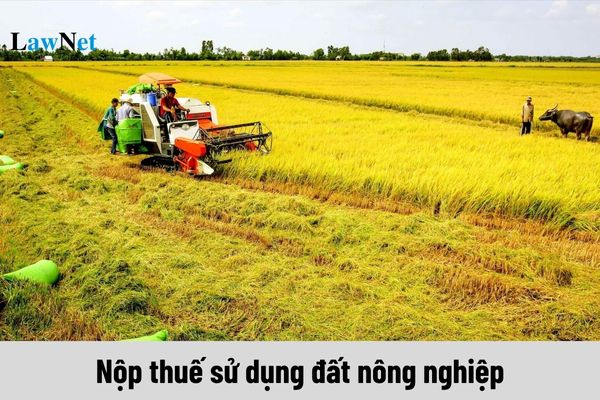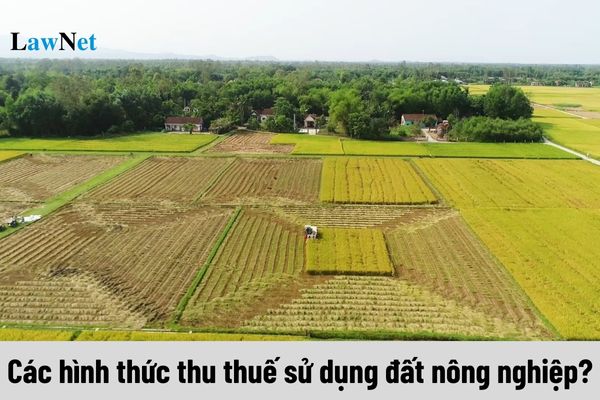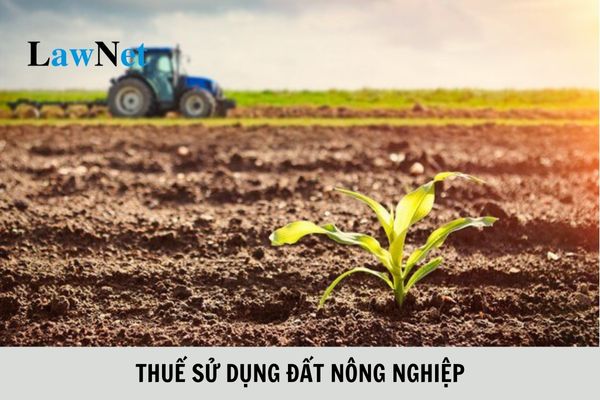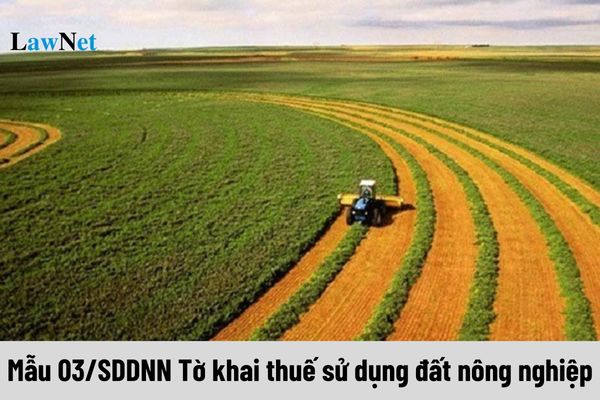Which entities are agricultural land use taxpayers in Vietnam?
Which entities are agricultural land use taxpayers in Vietnam?
According to Article 1 of the 1993 Law on Agricultural Land Use Tax and Article 1 of Decree 74-CP 1993, entities required to pay agricultural land use tax include:
- Organizations and individuals using land for agricultural production must pay the agricultural land use tax, including:
+ Farmer households, private households, and individuals;
+ Organizations and individuals using agricultural land from the public utility land fund of the commune;
+ Agricultural, forestry, and fisheries enterprises including farms, forestry stations, enterprises, stations, and other enterprises, state agencies, public service providers, armed forces units, social organizations, and other units using land for agricultural, forestry, and aquaculture production.
- Households that are allocated agricultural land use rights but do not use it must still pay the agricultural land use tax.

Which entities are agricultural land use taxpayers in Vietnam? (Image from the Internet)
What land is subject to agricultural land use tax in Vietnam?
According to Article 2 of the 1993 Law on Agricultural Land Use Tax and Article 2 of Decree 74-CP 1993, land subject to agricultural land use tax includes:
- Cultivated land such as land for annual crops, perennial crops, and grassland.
- Annual crop land is land for crops with a growing period (from planting to harvest) not exceeding 365 days such as rice, corn, vegetables, peanuts, or crops that are planted once but harvested for a few years without undergoing a basic construction period like sugarcane, banana, sedge, hemp, lemongrass, pineapple (pineapple).
- Perennial crop land is land for crops with a growing cycle of over 365 days, planted once but harvested for many years and requires a basic construction period before harvesting such as rubber, tea, coffee, oranges, tangerines, longans, palms, coconuts.
- Grassland is land that has been assigned for grass planting to raise livestock.
- Land with water surfaces for aquaculture is land utilized primarily for aquaculture or both aquaculture and cultivation, but fundamentally not used for other purposes.
- Forested land is land that has been forested and assigned to organizations and individuals for management, care, and exploitation, excluding bare hills and mountains.
In cases where the land subject to tax as stipulated in this article is not used, the land user is still required to pay tax according to the Law on Agricultural Land Use Tax.
What land is not subject to agricultural land use tax in Vietnam?
According to Articles 3 and 4 of the 1993 Law on Agricultural Land Use Tax and Articles 3 and 4 of Decree 74-CP 1993, types of land not subject to agricultural land use tax include:
- Natural forest land;
- Natural grassland that has not been assigned to any organization or individual for use;
- Residential land, land for construction of buildings subject to housing and land tax;
- Land for common transportation and irrigation for the fields;
- Special-use land as defined by the Land Law, which is land identified for purposes other than agricultural, forestry production, and residential construction;
- Land leased to organizations, households, and individuals by the Government of Vietnam and People's Committees at all levels under the Land Law.
Note: Foreign organizations and individuals investing in Vietnam and using agricultural land must pay land rent in accordance with the Foreign Investment Law in Vietnam and are not required to pay agricultural land use tax.
How to collect and pay agricultural land use tax in Vietnam?
According to Chapter 4 of the 1993 Law on Agricultural Land Use Tax, the procedures for collecting and paying agricultural land use tax are as follows:
- The approved tax roll serves as the basis for tax collection. Tax is paid annually from 1 to 2 times according to the main harvest season of each crop type in each locality. The tax collection time is regulated by the People's Committees of provinces and centrally-run cities. At least 10 days before the tax payment deadline, the tax collection agency must send a notice specifying the location, time, and amount of tax to be paid to each taxpayer household.
- Agricultural land use tax is assessed in rice, but paid in money. The rice price used for tax purposes is determined by the People's Committees of provinces and centrally-run cities and may not be lower than 10% of the market price in the locality during the tax collection season.
In special cases, tax may be collected in rice as determined by the President of the People's Committees of provinces and centrally-run cities.
- By the end of the tax year, the tax collection agency must reconcile the tax collection results of each household and submit a written tax reconciliation report to the superior tax agency and the same level People's Committee, and publicly post this information for public knowledge.








- What entities may buy duty-free goods without any restriction in terms of quantity in Vietnam?
- How is the e-tax payment time determined in Vietnam?
- How many times can an e-transaction verification code be used in Vietnam?
- Who is eligible for deadline extension for land rent payment in Vietnam in 2024 under Decree 64?
- What are responsibilities of the tax authority in organizing an electronic tax information system for e-tax transactions in Vietnam?
- Is the chief of the inter-commune tax team a member of the tax advisory council of a commune in Vietnam?
- Cases eligible for deadline extension of terminal tax declaration dossier in Vietnam
- What are the conditions for representatives of household businesses and individual businesses to participate in the tax advisory council of a commune in Vietnam?
- Who is the president of the tax advisory council of a commune in Vietnam?
- Vietnam: May e-tax transactions be carried out at 11 PM?

